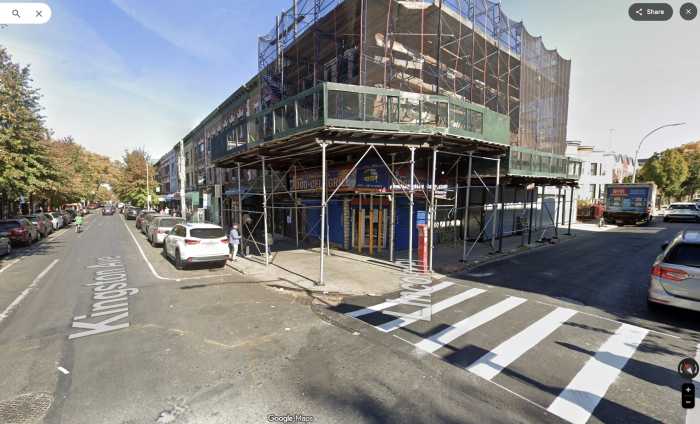On a good day, ducks, even swans, and other waterfowl alight on the glistening surface of Newtown Creek, which slowly snakes its way along the northeastern border of Queens and Brooklyn.
“But there are bad days, too,” said Christine Holowacz.
On such days, when the creek’s surface is pockmarked with rain and the birds have scattered, Holowacz, the community liaison for the Newtown Creek Monitoring Committee, said oil streaks, floating plastic and other debris are familiar sights.
Below the water’s surface, however, is where the real problems linger.
From February through April 2009, the Environmental Protection Agency (EPA) tested surface and subsurface samples along the 3.8-mile creek and turned up traces of copper and zinc, PCBs and PAHs (polychlorinated biphenyls and polyaromatic hydrocarbons), and over a million cubic yards of contaminated sediment.
The creek has since been nominated as a federal Superfund site – a status that empowers the EPA to compel responsible parties to pay for or respond to pollution and provides federal funds for the clean-up of hazardous waste areas.
Such a remediation, if ultimately approved by the EPA – which many people expect – could take 15 to 20 years to complete and potentially amount to tens of millions of dollars, Superfund director Walter Mugden told The Courier.
Recently, a so-called “Group of Five” (G5) corporations including ExxonMobil, Chevron, BP, National Grid and mining company Phelps Dodge have agreed to work on a deal to fund the Remedial Investigation and Feasibility Study (RIFS) of the creek.
Mugden said the RIFS would entail five- to seven-years of testing hundreds of thousands of samples from the creek bed to locate contaminants and their sources and map their trajectory.
The subsequent clean-up could take an additional 10 years, Mugden estimated.
“It’s not the worst thing we’ve seen but it’s plenty bad enough and very difficult to cope with,” he said, underscoring the length of Newtown Creek and the number of tributaries and basins that branch out from it, and the fact that it is an active waterway.
Mugden noted that the EPA would conduct “a full, thorough search” for additional responsible parties.
Kate Smith, who heads up the Newtown Creek Alliance – an advocacy organization with over 150 individual and group members – credits the EPA with calling the G5 and other possible polluters to task.
“The EPA brings furious resources in terms of the ability to litigate and the ability to get something done,” Smith said, adding that the G5’s willingness to participate in the creek clean-up was likely not because of any burning “altruistic spirit.”
State Attorney General Andrew Cuomo also deserves much of the credit. He sent the G5 companies notices of intent to sue in February 2007, charging at the time that their failure to address the contamination created an “imminent and substantial endangerment to health and the environment.”
According to Phillip Musegaas, the Hudson River Program Director of Riverkeeper, between 17 and 30 million gallons of oil – much of it allegedly related to G5 spills in the 1940s and ‘50s – lurks beneath the shores of Newtown Creek.
While the land-based contamination is under the state’s jurisdiction, he explained, a Superfund designation would allow the federal EPA to hold the companies accountable for oil that has seeped into the waterway.
In a written statement, ExxonMobil said it is prepared to cooperate but cautioned that “The sources of contamination of Newtown Creek are many and to date the majority of the historic and current sources of pollution have not been identified.”
The company, noting that oil is not believed to be the primary contributor to the creek’s condition, said it has already removed more than 10 million gallons of “product” from under Greenpoint, Brooklyn.
ExxonMobil is “publicly committed to remain in Greenpoint until the remediation effort is done – and done right,” the statement concluded.
But, in Mugden’s opinion, all the wrongs will not be righted until Newtown Creek can sustain a population of fish and marine life healthy enough “so that the people who should be able to eat them can do so.”
In the meantime, the future-fish-eating public has until December 23 to submit comments, at regulations.gov, regarding the creek remediation.
To comment on this story please visit qns.com.





























